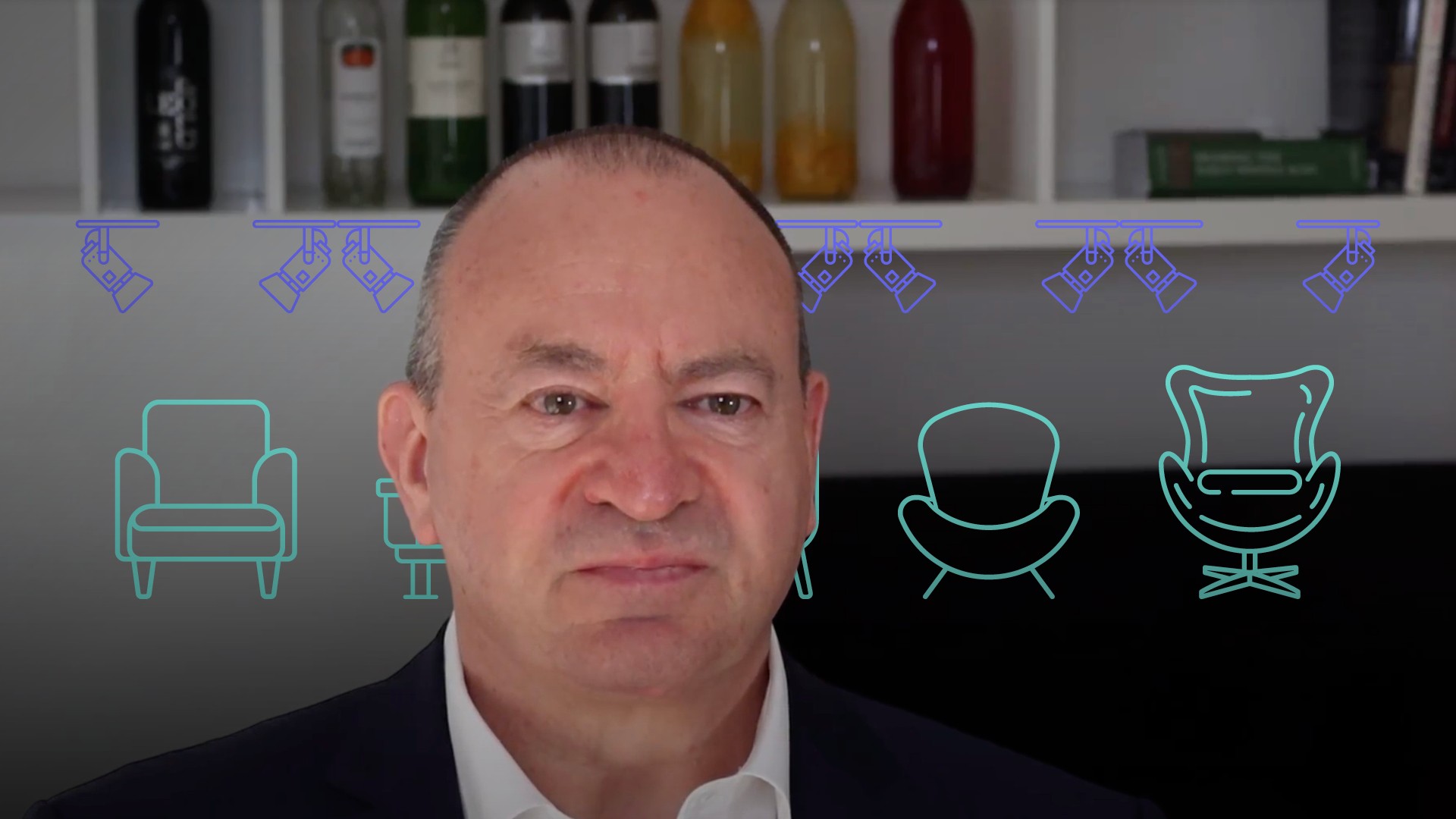
Private Equity Sub-Categories

Gavin Ryan
25 years: Private equity & banking
In this module, Gavin discusses the four sub asset classes of private equity. The private equity asset class is sub divided into buyouts, growth, venture and mezzanine.
In this module, Gavin discusses the four sub asset classes of private equity. The private equity asset class is sub divided into buyouts, growth, venture and mezzanine.
Subscribe to watch
Access this and all of the content on our platform by signing up for a 7-day free trial.

Private Equity Sub-Categories
9 mins 24 secs
The private equity asset class is subdivided into four sub asset classes. These are venture, growth, buyouts and mezzanine. Each sub asset class involves the use of different financial instruments and involves investing in companies at different stages of their development. Venture has a focus on innovative companies, growth looks at a wider range of companies which can be scaled up, buyouts look for mature companies undervalued by their shareholders and mezzanine operates in a kind of specialist niche.
Key learning objectives:
Outline the deal sizes and instruments used by each of the four subclasses
Identify the types of companies invested in, according to the sub classes
Subscribe to watch
Access this and all of the content on our platform by signing up for a 7-day free trial.
Deal sizes and Instruments
- Venture
- Deal sizes in venture range between one and five million euros. The typical form an investment will take is through ordinary or preferred shares, in which investors may subscribe through multiple rounds of shares issued at different points in time as the company grows and needs more cash to fund its continuing expansion.
- Growth
- The typical investment size in growth ranges between five million and twenty million Euros. The investment is most commonly a one shot investment or at most involves a single follow on, unlike the multiple rounds of venture.
- Buyouts
- Deal sizes in buyouts are typically between twenty and fifty million Euros; to which we must also add the high profile mega deals, which are actually quite few in number, but which generate wide publicity.
- Mezzanine
- Mezzanine investment takes place with a form of debt called subordinated debt, which ranks below senior debt and is usually not collateralised.
Types of companies
- Venture
- Venture deals typically involve investing in companies engaged in some form of innovation in a specific sector; for example FinTech, Clean Energy or Software. These companies tend to invest in startups or early stage companies, which have a real chance of not surviving.
- Growth
- Growth deals will involve companies which have been in existence longer and which have already achieved a stable position in their market. What these companies are looking for is resources to scale up their operations, so that they can become more of a leader in their sector.
- Buyouts
- Buyouts involve the purchase of a larger company that has already achieved prominence in its markets, but which could do with a kind of makeover.
- Mezzanine
- Mezzanine will tend to invest in all types of companies except startups.
Subscribe to watch
Access this and all of the content on our platform by signing up for a 7-day free trial.

Gavin Ryan
There are no available videos from "Gavin Ryan"






















